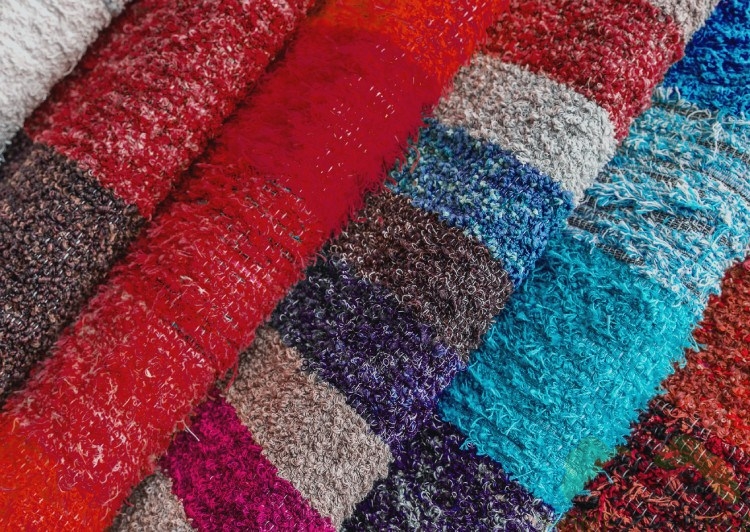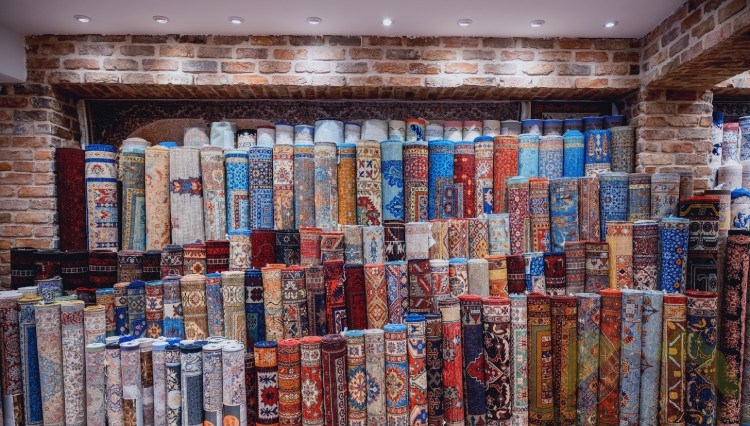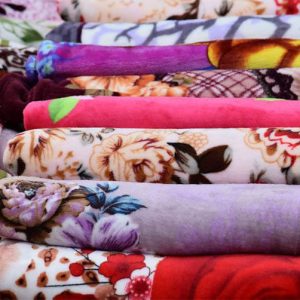The history of carpets can be traced back thousands of years. The earliest known carpets were woven by the ancient Persians, who used them for insulation and to decorate their homes.
Over time, the art of carpet weaving spread to other cultures and regions, including Turkey, India, and China. In the Islamic Golden Age, carpets were highly valued as luxury items and were often commissioned by royalty and wealthy patrons.
These carpets were known for their intricate designs, vibrant colours, and fine craftsmanship. During the Renaissance, European traders began importing carpets from the Middle East and Asia, leading to an increased demand for these luxurious textiles.
By the 19th century, the industrial revolution had led to the mass production of carpets, making them more affordable and accessible to the middle class.
In modern days, carpets are still a popular choice for home decor and are available in a wide range of styles, materials, and designs.
What types of carpets do we know and what their most distinguishing features are
There are many different types of carpets available, each with its own unique features and benefits. The type you choose usually depends on your personal preferences, as well as the intended use and traffic level of the space.
Here are 6 of the most popular types of carpets.
Cut pile carpets
These carpets are made by cutting the loops of yarn, creating a plush surface that is soft and comfortable underfoot. Cut pile carpets are ideal for bedrooms and living rooms.
Berber carpets
Berber carpets are made with loops of yarn that are uncut, giving them a textured, rustic look. They are durable and stain-resistant, making them a good choice for high-traffic areas like hallways and stairs.
Saxony carpets
Saxony carpets have a plush, luxurious feel and a dense, soft pile. They are ideal for bedrooms and formal living areas.
Frieze carpets
Frieze carpets are made with twisted fibres that give them a shaggy, textured appearance. The durable and hide footprints and vacuum marks, making them a good choice for high-traffic areas.
Loop pile carpets
These carpets have loops of yarn that are not cut, giving them a low-profile, durable surface that is ideal for high-traffic areas like offices and commercial spaces.
Patterned carpets
Patterned carpets come in a variety of designs and styles, from bold geometric prints to traditional floral motifs. It’s ideal for adding visual interest to a room and can be used in any area of the home.
How to maintain an expensive carpet
If you have invested in an expensive carpet, it is important to take proper care of it in order to preserve its beauty and longevity. Here are some very helpful tips on how to maintain your really expensive carpet:
Vacuum your carpet regularly
Regular vacuuming is the first and most essential step for keeping your carpet clean and free of dirt and debris. Be sure to use a high-quality vacuum cleaner with adjustable suction power to avoid damaging the fibres of your carpet.
Clean ip spills immediately
If you spill something on your carpet, no matter food, drink or something else, be sure to clean it up immediately using a clean, damp cloth. Do not use harsh cleaning chemicals, as these can damage the fibres of your carpet.
Use a professional cleaning service
Periodic professional cleaning can help to remove deep-set dirt and stains from your carpet, and can also help to restore its original colour and texture.
Avoid direct sunlight
Direct sunlight can cause your carpet to fade and lose its colour over time. To prevent this, try to keep your carpet out of direct sunlight, or use window treatments to block the sun’s rays.
Rotate your carpet
If your carpet is in a high-traffic area, consider rotating it every few months to prevent wear and tear in specific areas.
Should we wash our expensive carpet
It is important to regularly wash expensive carpets in order to maintain their beauty and longevity. It is also important to use the proper cleaning methods and materials to avoid damaging the fibres of the carpet.
Professional cleaning services is a perfect option, especially if you’re not sure how to do it properly. They have experience with different types of carpets and can provide specialised care.
You should be especially careful if you have a carpet of natural fibres like wool for example. Experienced professionals will know how to wash such an expensive textile coverage with the proper detergents, cool water and so on.
What is the lifespan of an expensive carpet
The lifespan of an expensive carpet depends on several factors, including the quality, type of fibres used, and the care and maintenance it receives.
A well-made Persian carpet can last for several decades, or even generations, if properly cared for. However exposure to sunlight, foot traffic, and moisture can all contribute to the wear and tear of a carpet over time.
Following our recommendations about how to properly care for your carpet, it could be a treasured and beautiful addition to your home for many years.




